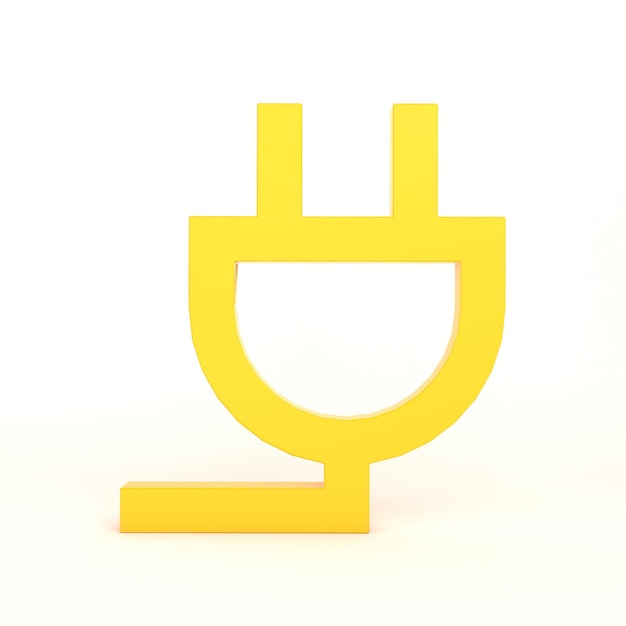
The electric vehicle (EV) landscape is evolving rapidly. A short while back, most EV manufacturers were using the J1772 connector for Level 2 charging and the CCS connector for DC fast charging. However, this could change significantly in the next few years. Why is this happening? Many leading car manufacturers have announced plans to switch to the North American Charging Standard, or NACS, commonly referred to as the “Tesla plug.”
Wondering how this affects you? Here’s what you need to know.
NACS is a charging standard created by Tesla, first introduced on its cars in 2012. This standard is used across all Tesla charging stations, enabling Tesla drivers to charge their vehicles at Superchargers, Destination Chargers, and via the Tesla Wall Connector. Recently, Tesla announced that they are opening this standard up to other car manufacturers.
Currently, all Tesla vehicles utilize the NACS connector, which allows drivers to charge at any Tesla-branded station or any other stations with an adapter. In the not-so-distant future, more cars will adopt this standard. Companies like Ford, GM, and Rivian have already stated that they will start using the NACS connector for their upcoming models. The first non-Tesla EVs with this connector are expected to be available by late 2024 or early 2025. If more manufacturers, such as Hyundai and Kia, also adopt NACS, it could become the main standard in the United States.
At present, only Tesla charging stations offer the NACS system. Some Tesla Superchargers do allow non-Tesla vehicles to charge, but this still requires an adapter. EV drivers with the necessary adapter can also use Tesla Destination Chargers or a Tesla Wall Connector.
As more carmakers start using the NACS connector, it’s probable that more charging networks will adopt it too. Networks like Electrify America and ChargePoint will likely want to support the connectors that most customers use. Though no major network has announced a switch yet, charging equipment makers like SK Signet, which supplies equipment to Electrify America, have confirmed they will support NACS.
So, how does this change affect current EV owners? It depends on your vehicle. If you own a Tesla, things will likely get easier for you. As more charging networks adopt NACS, you’ll probably be able to charge at a growing number of locations across the country.
If you own a non-Tesla EV with a CCS port, your experience won’t change much in the near term. When third-party networks start adopting the Tesla standard, it will likely be a gradual process. They’ll probably implement it in stages, offering some stations with both NACS and CCS connectors.
Eventually, you might find yourself needing an adapter to charge at stations with NACS connectors. Some stations may provide these adapters, but at others, you’ll need to bring your own.
If you’re in the market for a new EV, you’re buying at a somewhat transitional time. As North America shifts towards the NACS connector, finding CCS charging ports could become a bit more challenging. However, it will take at least a year before non-Tesla EVs come equipped with NACS connectors. Therefore, you might end up with a car that has an outdated connector in the future.
Nonetheless, bear in mind that it will be several years before finding CCS charging stations becomes difficult. Even then, you can still use an adapter to charge your vehicle. For some, it might be better to wait a bit longer to buy an electric car or consider buying a Tesla to ensure you have a vehicle with the likely prevailing charging connector in the U.S.
For most buyers, needing an adapter to charge a vehicle in a few years won’t be a significant issue—especially for those who mostly charge at home. These users can set up a home charger with a CCS connector or permanently attach an adapter.
Overall, having a unified charging standard across the U.S. should make finding and using EV chargers much easier. There are still some concerns about how smoothly cars with NACS connectors will work at all charging stations. For instance, Tesla drivers can currently plug into a Tesla Supercharger and have their session automatically billed through the card attached to their Tesla account. The hope is that charging at all NACS-compatible stations will be just as simple, though that remains to be seen.
In summary, using one standardized connector should lead to a better EV charging experience. Hopefully, the remaining obstacles in making EV charging more convenient will also be resolved.